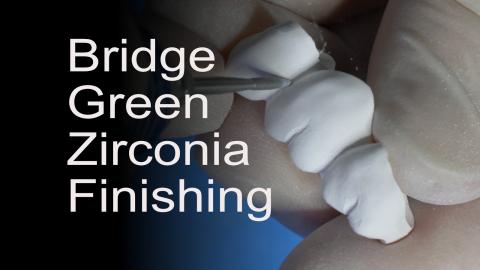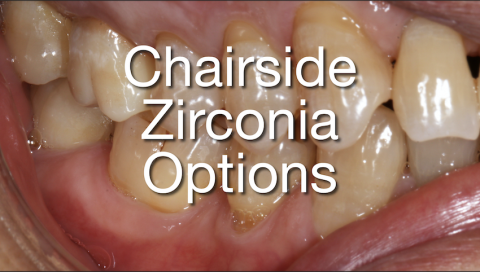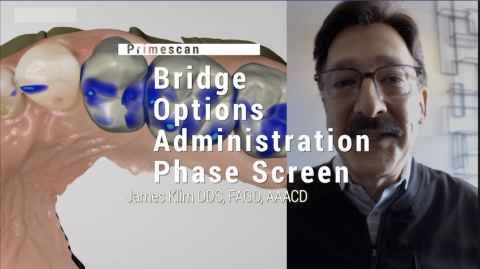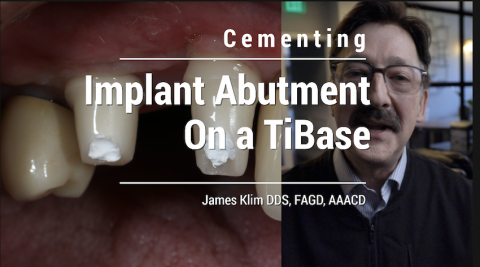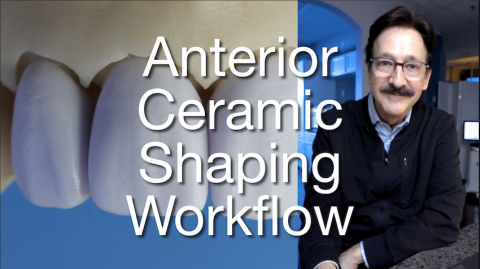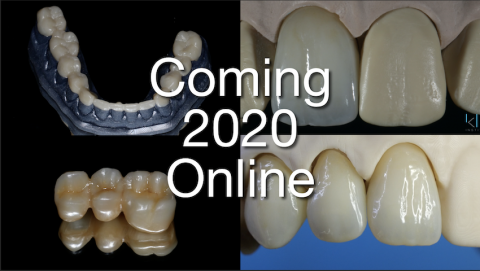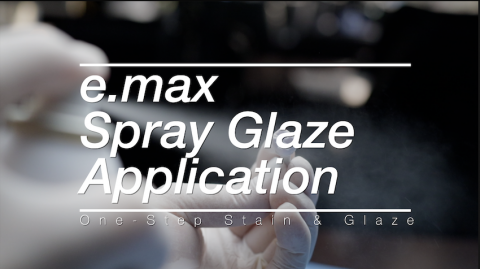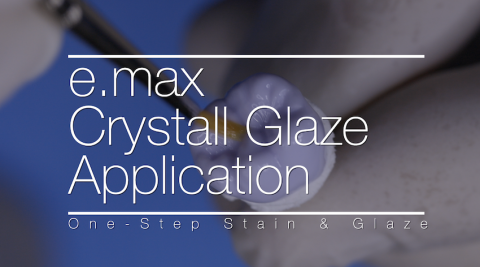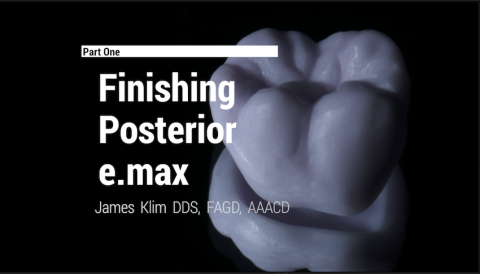Part 2 for creating a posterior ZirCAD multi Bridge. Once the bridged is machined, what are the steps to effectively shape and finish the bridge before sintering? I follow a routine shaping workflow using the Meisinger JK04 Zirconia Lab Kit. Quite often, when using the multi zirconia options such as Katana or ZirCAD Multi, I will use selective infiltration to control value and enhance the multi-effect when the case demands a better blend.
- Meisinger JK04 Zirconia Lab Kit
- ZirCAD LT Coloring Liquids (Ivoclar)

